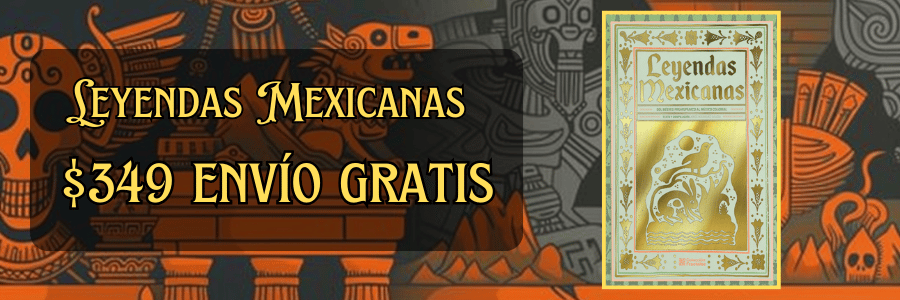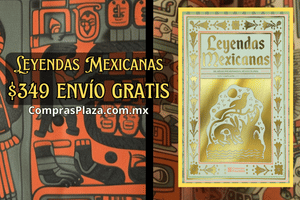The Role of Human Sacrifice in Maya Religious Rituals
The ancient Maya civilization, which thrived in Mesoamerica from around 2000 BCE to the arrival of Spanish colonizers in the 16th century, practices a rich tapestry of religious and cultural traditions. One of the most intriguing and controversial aspects of Maya religious rituals is the practice of human sacrifice. This phenomenon played a complex and multifaceted role in the social, political, and spiritual life of the Maya, reflecting their beliefs about life, death, and the cosmos. To fully understand the role of human sacrifice in Maya society, it is imperative to delve into the historical, anthropological, and archaeological contexts that illuminate the motivations and implications of these rituals.
At the heart of Maya beliefs was a worldview that saw life as deeply interconnected with the supernatural. The Maya believed in a host of gods and deities who governed various aspects of the natural world, such as agriculture, weather, and fertility. These deities were not merely abstract concepts; they were presented as powerful, sometimes capricious beings whose favor was necessary for the survival of society. Maya cosmology emphasized that the natural world and the spiritual realm were intertwined, and thus rituals were pivotal to appeasing the gods and securing their blessings.
The concept of reciprocal exchange underpinned Maya religious practices. The Maya believed that their gods had created humans from maize, the sacred grain essential to their agriculture and daily sustenance. In return for the gift of life, the gods expected offerings, which included food, textiles, and in more extreme instances, human sacrifice. This reciprocal relationship dictated that humans had to give back to the gods through the act of sacrifice to ensure cosmic balance and, ultimately, the fertility of the land. By offering blood—considered the most potent offering—the Maya hoped to invoke divine favor and maintain harmony between the natural and spiritual worlds.
Archaeological evidence suggests that human sacrifice was not an everyday occurrence but rather reserved for significant events and occasions, such as the dedication of a new temple or the conclusion of important ceremonies. The Maya employed various methods for sacrifice, including the ritualistic removal of the heart, decapitation, or the drowning of victims in sacred cenotes. These acts were often performed in the presence of a large gathering, which underscored the communal aspect of the rituals. The public nature of these sacrifices served to reinforce social cohesion, highlighting both the power of the elite priests who conducted the rituals and the collective devotion of the community to their gods.
Captives from warfare were often the primary candidates for sacrificial offerings. The Maya engaged in a complex system of warfare not only for territorial expansion but also as a means of acquiring sacrificial victims. The social and political prestige associated with capturing enemy warriors added an additional layer of motivation for conflict. In this context, captives represented not only individuals but also a symbolic currency that could be exchanged for favor from the gods. The act of sacrifice thus became a pivotal component of statecraft, linking religion, warfare, and social hierarchy.
In addition to captives, the Maya also practiced the sacrifice of individuals from within their own society, including nobles and commoners. Such acts of self-sacrifice were enshrined in certain cultural narratives, depicting these victims as having volunteered for their roles, demonstrating their dedication to the community and the gods. The imagery surrounding these sacrifices often portrayed the victims in a heroic light, suggesting that they were exalted in the afterlife for their actions. The mythology surrounding these acts emphasized the duality of life and death, where sacrifice was an ultimate expression of devotion, transcending the mundane reality.
Furthermore, the role of the priesthood in these rituals cannot be overstated. The priests were seen as intermediaries between the gods and the people, charged with performing the necessary rites to maintain divine favor. Their authority was not solely a matter of spiritual power; it was also political. By conducting sacrifices, priests wielded significant influence over the community, often aligning themselves with the ruling elite. The intricate relationship between the priesthood and the state ensured that human sacrifice was not merely a religious act but a critical component of governance and social structure.
During significant calendar events, such as the arrival of new cycles or celestial changes, large-scale sacrifices could take place, reinforcing the Maya’s intricate calendrical system. The Maya constructed elaborate calendars based on cyclic patterns of time, with notable events tied to their astronomy and agricultural cycles. These occasions required appropriate measures to align with the divine and maintain harmony. Large gatherings to witness and participate in the ceremonies, which included human sacrifices, were common. These public displays served to re-affirm community bonds, contribute to the collective identity, and reinforce the subordinate roles of individual participants compared to their societal and spiritual obligations.
Despite their deeply rooted practices, the notion of human sacrifice within Maya society was not universally embraced or understood. The elite classes often justified these acts through religious narratives, claiming that they were vital for the prosperity of the community. However, there would always have been segments of society—especially among the commoners—who may have viewed these acts with trepidation or fear. Additionally, the execution of sacrificial rituals could also engender factions within the societies, leading to potential unrest or the questioning of authority. The psychological implications were complex, as they could evoke feelings of awe but also fear among the population.
Furthermore, misconceptions about the Maya and human sacrifice have penetrated modern scholarship and popular culture. Media portrayals and sensational narratives often exaggerate the prevalence and brutality of these acts, neglecting to incorporate the nuanced understanding of Maya spirituality and cultural practices. It is crucial to recognize that human sacrifice was merely one facet of a rich religious tradition imbued with profound meanings and connections to the natural and supernatural worlds.
Historians and anthropologists argue that the decline of the Maya civilization and the subsequent arrival of the Spanish radically altered religious practices and the perception of human sacrifice. With the advent of European colonization, many indigenous practices were deemed barbaric, leading to a suppression of rituals that had endured for centuries. The imposition of a new religion—primarily Roman Catholicism—replaced the old gods and disrupted the nuanced cosmological views that characterized Maya spirituality. However, many elements of Maya beliefs persisted in adapted forms, demonstrating the resilience and continuity of indigenous cultures in the face of colonization.
Despite the passage of time and the transformation of social structures, references to sacrifice continued to resonate in various aspects of modern Maya communities. Today, distant echoes of the past can be traced through traditional practices, rituals, and a deep-seated connection to ancestral heritage. Many contemporary Maya people still engage in offerings and rituals that reflect underlying themes of reciprocity, gratitude, and respect for the forces of nature. The historical experience of sacrifice is reflected in new forms of community spirituality, as people navigate the complexities of modern life while holding on to their rich cultural heritage.
In conclusion, the role of human sacrifice in Maya religious rituals can be best understood through a myriad of lenses: anthropological, historical, and sociocultural. It was not merely an act of violence or barbarism but was deeply intertwined with the fabric of Maya spirituality, politics, and identity. Sacrifice, while often a grim reality, demonstrated the profound connections between life, death, and the cosmos as understood by the ancient Maya. As we seek to comprehend the intricacies of such practices, we gain insights not only into the beliefs of the Maya but also into the broader human experience—one marked by a quest for meaning, divine favor, and a deeper understanding of our place in the universe. Understanding these aspects allows for a richer appreciation of the legacy of the Maya, which continues to endure in the ongoing cultural expressions and identities of modern Maya descendants.
Explore More:
| How the Mexican Revolution Changed the Role of the Catholic Church |
| Education and Schools in Colonial Mexico |
| Women’s Rights in Mexico: Progress and Struggles After the Revolution |
| How the French Invasion of Mexico Impacted the Mexican Monarchy |
| The Artistic Legacy of Mexico’s Colonial Period: From Paintings to Sculpture |
| The Role of Oil in the Development of Alternative Fuels |
| How Mexican Artists Are Reimagining Their Cultural Roots |
| The Artistic Expression of Mexico’s Indigenous Communities |
| The Role of the Chichimeca in the Silver Mining Boom of Zacatecas |
| The Diplomacy of the French Intervention: Letters and Treaties |



